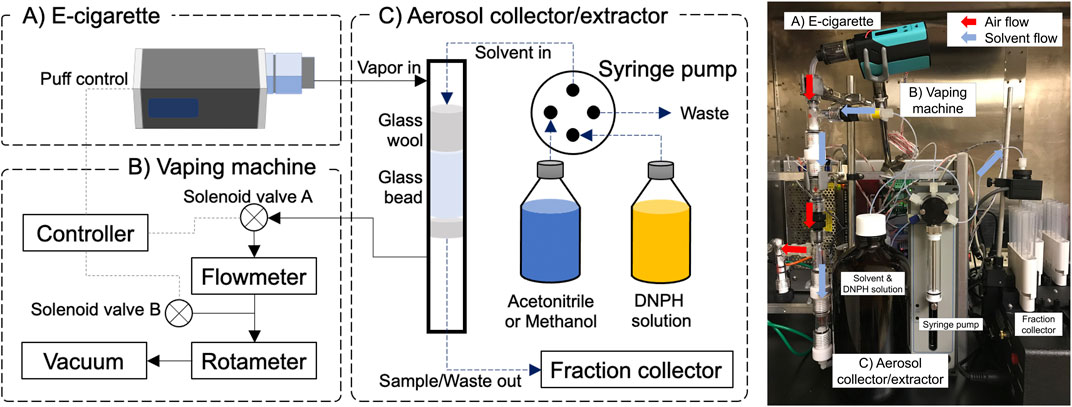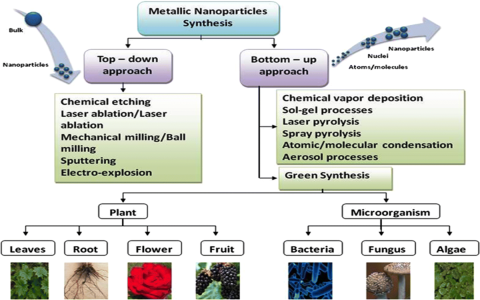Aldehydes like formaldehyde and acetaldehyde in vape aerosols pose significant health concerns. Gas Chromatography-Mass Spectrometry (GC/MS) is the gold standard for detection. Here’s a streamlined protocol:
Essential Materials
- Pump & Thermal Desorption (TD) Tubes: Containing inert sorbent material (e.g., Tenax TA, Carbotrap).
- Derivatization Agent: O-(2,3,4,5,6-Pentafluorobenzyl)hydroxylamine hydrochloride (PFBHA) solution (e.g., 20 mg/mL in water).
- Internal Standards: Deuterated aldehydes (e.g., d2-formaldehyde, d4-acetaldehyde).
- Standard GC/MS System equipped with appropriate column.
- Calibration Standards of target aldehydes.
Detection Procedure
Step 1: Sample Collection & Derivatization

Pump vape aerosol through the derivatization solution (PFBHA) contained within an impinger or bubbler apparatus. Simultaneously, pass aerosol through a downstream TD tube to capture non-derivatized volatile organics. Derivatization converts aldehydes to stable oxime derivatives ideal for GC analysis. Spike the derivatization solution with deuterated internal standards immediately before sampling. Precise control of puff topography (volume, duration, frequency) is critical.
Step 2: Instrumental Analysis (GC/MS)
Analyze the derivatized solution directly via Gas Chromatography-Mass Spectrometry (GC/MS). Simultaneously, transfer the downstream TD tube to a thermal desorber unit coupled to the GC/MS. Desorb captured organics and analyze.
- Chromatography: Use a DB-5ms or equivalent column (e.g., 30m x 0.25mm, 0.25µm film). Employ a temperature program (e.g., 35°C hold, ramp to 300°C).
- Detection: Operate MS in Selective Ion Monitoring (SIM) mode targeting key fragment ions specific to the PFBHA-oxime derivatives and internal standards (e.g., m/z 181 for many aldehydes, characteristic ions for deuterated standards).
Step 3: Quantitation & Validation
Generate calibration curves using authentic standards subjected to identical derivatization and analysis conditions. Quantitate detected aldehydes using isotope dilution: ratio analyte peak areas to deuterated internal standard peak areas against the calibration curve. Report concentrations per aerosol volume (e.g., µg/L). Validate method accuracy and precision through spike-recovery experiments and replicate analyses. Include blank controls.
Critical Method Notes
- Overcome Matrix Interference: Nicotine, solvents, and particulates require robust cleanup (e.g., liquid-liquid extraction for derivatized solutions, appropriate TD tube sorbents).
- Combat Sampling Artifacts: Aldehydes can form during vaping. Control coil power, prevent overheating, and characterize background levels meticulously.
- Ensure Specificity: GC retention times combined with unique SIM ions (and confirmation ions) are mandatory for unambiguous identification against the complex aerosol matrix.










